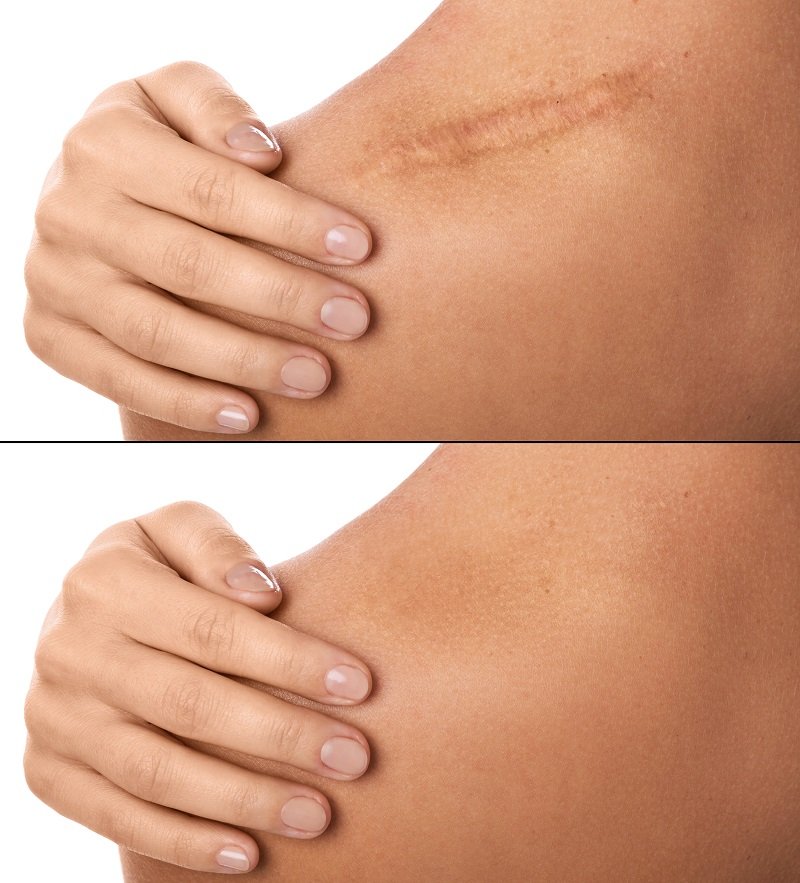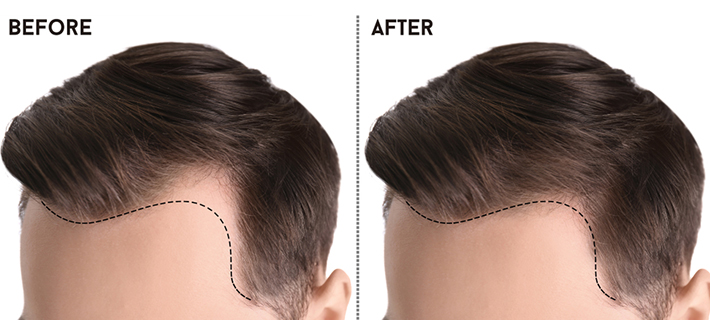Postpartum Hair Loss – Understanding It and How to Manage It
Postpartum hair loss is one of those changes many women experience after childbirth, but it’s not often talked about in detail. While it’s considered normal, it can still be unsettling to notice significant hair shedding a few months after delivery. For some women, the thinning can feel more noticeable, especially around the hairline or crown.
If you’re dealing with postpartum shedding, know that this phase is temporary. However, if regrowth feels slow or inconsistent, there are options to enhance the appearance of thicker hair while allowing your natural growth cycle to continue.
Why Does Postpartum Hair Loss Happen?
During pregnancy, higher estrogen levels keep hair in the growth phase, resulting in thicker, fuller strands. After childbirth, estrogen levels decrease, triggering hair to shift into the shedding phase. This is why hair loss tends to peak around three to four months postpartum.
For most women, hair begins to regrow within six to twelve months. However, the process can feel gradual, and some may find that their hair doesn’t return to the same density as before.
Ways to Support Hair Regrowth
While postpartum shedding can’t be entirely prevented, certain habits can help maintain scalp health and encourage regrowth:
- Maintain a nutrient-rich diet – Focus on foods high in iron, zinc, biotin, and omega-3s.
- Continue prenatal vitamins – Even after delivery, these vitamins can support hair and overall wellness.
- Gentle hair care – Avoid tight hairstyles, heavy heat styling, and harsh treatments during this period.
Despite following these steps, some women notice persistent thinning, especially around the hairline. This is where solutions like scalp micropigmentation (SMP) can provide subtle, effective results.
How Scalp Micropigmentation Can Help with Postpartum Hair Loss
Scalp micropigmentation (SMP) is a non-invasive treatment that enhances the appearance of hair density by depositing pigment into the scalp. This creates the illusion of fuller hair and blends seamlessly with your natural strands.
For postpartum hair loss, SMP offers a solution that can:
- Restore the look of fullness in areas experiencing thinning.
- Create a softer, denser hairline without the need for surgery or long recovery periods.
- Provide immediate results while allowing natural regrowth to occur.
As someone who specializes in female scalp micropigmentation, I focus on creating subtle, natural enhancements that are tailored to each client’s hairline and overall look. The goal is not to create a harsh hairline but to add dimension and fullness in areas where hair may appear sparse.
Why Consider SMP for Postpartum Hair Thinning?
- Non-invasive and safe – SMP is a quick, non-surgical treatment with minimal downtime.
- Customizable to your needs – Whether you need minor density work around the temples or full scalp coverage, the treatment can be adjusted accordingly.
- Long-lasting results – SMP can maintain the appearance of fuller hair as natural growth progresses.
For women experiencing postpartum hair loss, SMP can serve as a bridge—helping to restore confidence during the regrowth phase without interfering with natural hair cycles.
Taking the Next Step
Postpartum hair loss may resolve naturally, but if the thinning is affecting your confidence, scalp micropigmentation offers a practical and lasting solution. If you’re curious about how SMP can help, feel free to reach out for a consultation. Together, we can explore options that best fit your needs.
Hair loss doesn’t have to be something you “wait out.” With the right approach, you can regain a fuller, natural look while supporting long-term regrowth.


